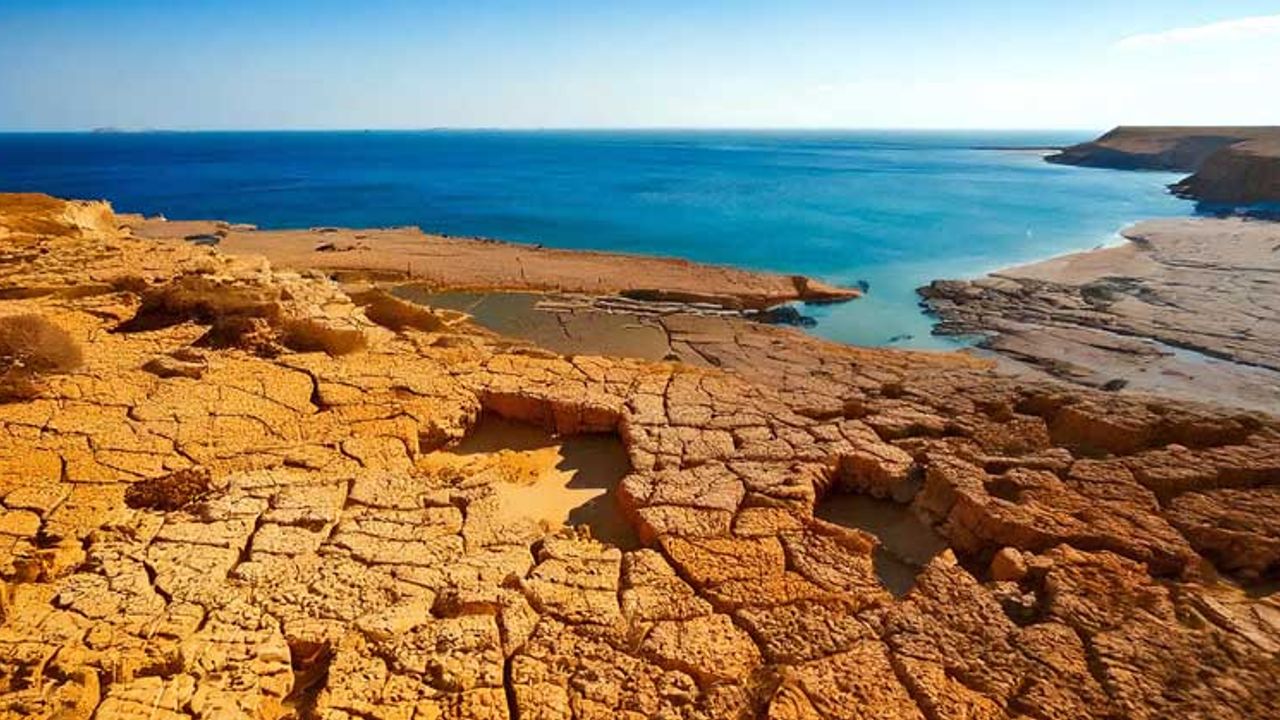Millions of Years Ago
An international team of scientists, including researchers from the University of Southampton, examined geological formations in southeastern Sicily, identifying evidence of a sudden, large-scale flooding event. According to Professor Paul Carling, an emeritus professor at the University of Southampton, the formations show signs of erosion caused by turbulent water flow moving predominantly in a northeast direction. This crisis occurred between 5.97 and 5.33 million years ago, leaving lasting imprints on the region’s geology.
The ridges studied are capped with rocky debris, which appears to have been deposited rapidly and with great force. This debris layer aligns with the geological boundary marking the transition between the Messinian and Zanclean periods when the megaflood is thought to have occurred.
New Insights into the Mediterranean’s Geological History
Using seismic reflection data, a method that maps subsurface rock layers, the researchers identified a "W-shaped channel" carved into the seabed east of the Sicily Sill. This channel connects to the Noto Canyon, a deep underwater valley in the eastern Mediterranean. The study suggests this channel acted as a funnel, directing floodwaters from the Sicily Sill into the canyon.
Computer models simulating the megaflood indicate water flow speeds reached up to 32 meters per second (72 miles per hour). As the floodwaters gained strength, they carved deeper channels, eroded material, and redistributed sediment across the region.
These findings provide new insights into the Mediterranean’s geological history and demonstrate the longevity of landforms shaped by such large-scale events. Researchers believe the study could pave the way for further exploration of the Mediterranean’s geological margins.


